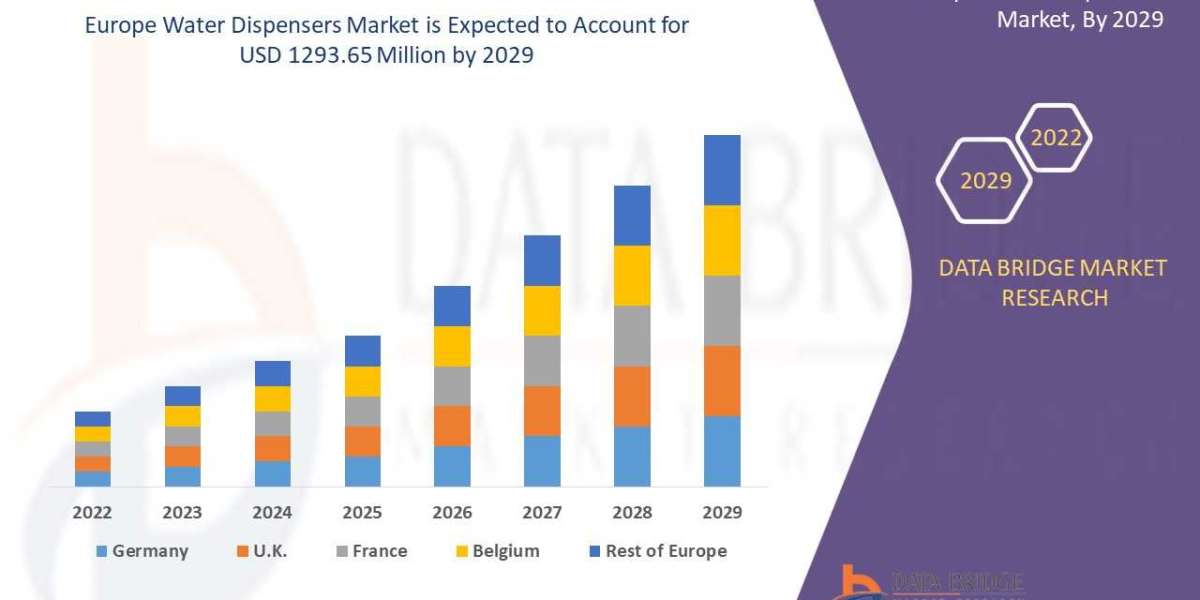As India continues to make strides in medical technology and cardiac care, ensuring access to affordable healthcare solutions remains a significant concern. Among the critical medical devices contributing to improved cardiac care in the country are coronary stents. In this blog, we will explore the challenges and efforts in making coronary stents accessible and affordable to all segments of society in India.
- The Need for Accessible Healthcare Solutions
Coronary artery disease affects people from all walks of life, but access to advanced medical treatments can often be limited by cost and availability. In a country as diverse and populous as India, making essential healthcare interventions like coronary stents accessible to everyone is crucial in reducing the burden of heart disease and improving overall public health.
- Affordability and Cost-Effective Solutions
One of the primary challenges in ensuring access to coronary stents is managing their cost. Advanced technologies and innovations often come at a higher price, making it difficult for lower-income populations to afford treatment. To address this, efforts have been made to develop cost-effective stent options without compromising on quality and efficacy. Local manufacturing and research initiatives have played a significant role in this endeavor.
- Government Initiatives and Healthcare Policies
The Indian government has recognized the importance of providing affordable healthcare solutions to its citizens. Various healthcare policies and initiatives have been introduced to promote the use of generic and locally manufactured medical devices, including coronary stents. This has led to a reduction in the overall cost of coronary stents, making them more accessible to a larger portion of the population.
- Price Caps and Regulation
To further enhance affordability, the Indian government has implemented price caps on coronary stents. These caps restrict the maximum price that manufacturers can charge for their stents, ensuring that they remain within an affordable range for patients. Additionally, stringent regulations are in place to maintain the quality and safety of stents available in the market.
- Public-Private Partnerships
Public-private partnerships have played a vital role in increasing access to coronary stents in India. Collaboration between government agencies, healthcare providers, and private companies has facilitated the distribution of stents to remote and underserved areas, where access to specialized medical care is limited. These partnerships have also led to the establishment of cardiac care centers in various regions, providing much-needed treatment options to those who previously had limited access to healthcare facilities.
- Raising Awareness
Raising awareness about coronary artery disease, its risk factors, and the importance of timely intervention with coronary stents is essential to improve access to these medical technologies. Educational campaigns conducted through various media channels, community outreach programs, and collaborations with healthcare professionals help disseminate information about the benefits of early detection and treatment.
- Telemedicine and Remote Consultations
With advancements in telemedicine, remote consultations with cardiologists and specialists have become more accessible. Patients from rural or remote areas can now seek medical advice and consultation regarding the need for coronary stents without the need for extensive travel. Telemedicine also enables healthcare providers to monitor patients' post-stent implantation progress, ensuring effective follow-up care.
Conclusion
While advancements in coronary stent technology have undoubtedly transformed cardiac care in India, ensuring their accessibility and affordability is crucial to make a significant impact on public health. Through government policies, price regulation, public-private partnerships, and awareness campaigns, India has made commendable progress in expanding access to coronary stents for a broader section of society. However, there is still work to be done to bridge the healthcare gap and reach those in remote and underserved areas. By continuing to prioritize affordable healthcare solutions and making coronary stents accessible to all, India can further improve its ability to combat coronary artery disease and contribute to healthier hearts and lives across the nation.








